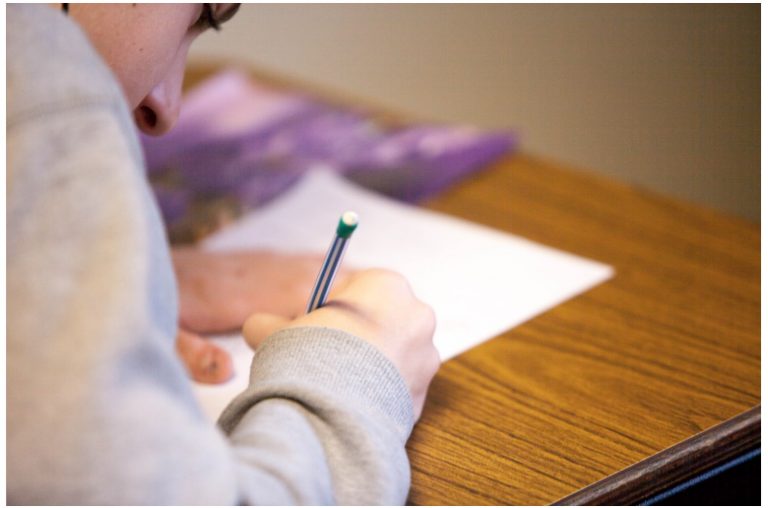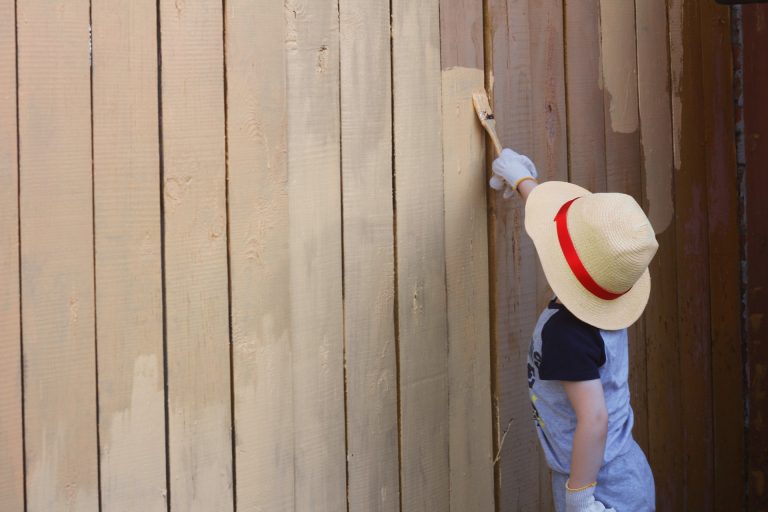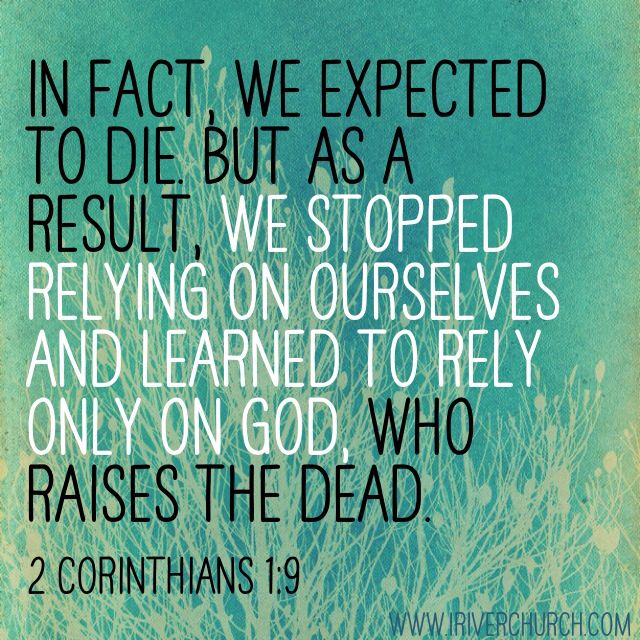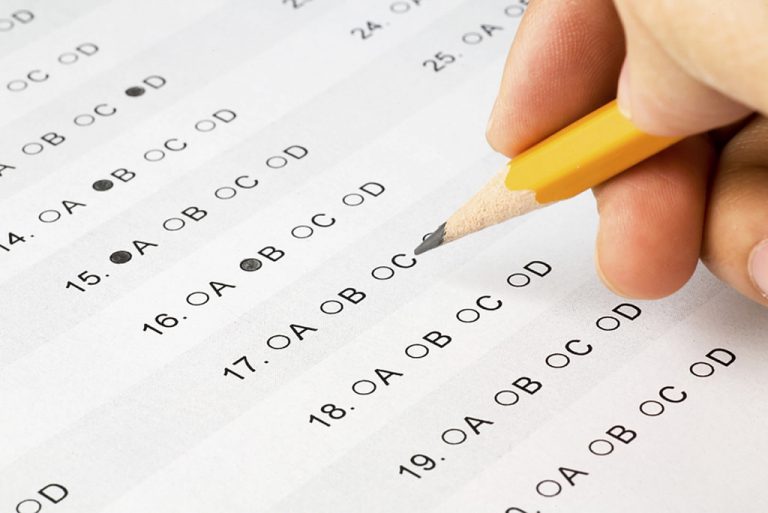Testing 101: Check Your Work
 In my last article I presented seven tips for choosing the right answer when taking an achievement test. Most students might think this is all they need to do to ensure getting the best score possible. In other words, they think once they’ve reached the last item on the test, they can relax until the examiner tells them “time’s up.”
In my last article I presented seven tips for choosing the right answer when taking an achievement test. Most students might think this is all they need to do to ensure getting the best score possible. In other words, they think once they’ve reached the last item on the test, they can relax until the examiner tells them “time’s up.”
Well, there’s more.
They should be taught that the test is over only after they have checked as many items as possible. Checking answers can take place during and after the test, time permitting. Here are four strategies students can use to check their answers:
1. Check for simple mistakes. Students must be precise in their work. While a student may understand the underlying concepts and the right steps in working a division problem, the right answer may not be reached because the student made a simple computation error. Likewise in language, a competent student may choose the wrong end mark because of misreading the sentence.
2. When a student checks his work, he should know that the correct answer may not be given. In a math test, one of the answer choices that a student beginning at the third grade level may face is “none of the above.” Students should be confident in their answer and not feel they must work the problem over and over again until their answer matches one of the choices. Having said this, test writers do not make “none of the above” the correct answer that often. If a student finds himself marking it frequently, it’s likely a sign that he is not computing accurately.
3. For some language tests, students should likewise know that an item may not have mistakes. Beginning at second and third grade levels, students may face a sentence that does not need a correction even though many possible “corrections” are present to choose from. Again, confidence in one’s answer is important.
4. In math, check by using the opposite operation. Division problems may be checked by multiplying the quotient by the divisor. Likewise, addition problems may be checked by subtracting the appropriate addend from the sum. (That is, thirty plus twenty-five equals fifty-five and fifty-five minus twenty-five equals thirty.
If a student applies some of the test-taking tips I’ve presented over the last few weeks and still scores poorly, what should you do? Low test scores may reflect a learning problem that should not be ignored. Our learning disabilities specialist, Jo Edwards, has years of professional experience and training in diagnosing and recommending solutions for students who learn differently. Plus, she’s a home schooler herself.
If you’d like meet with her to get some help, please email or give us a call to set up an appointment. She’s a great resource!
Thanks for reading!
Curt Bumcrot, MRE
- Want to practice the above using one of our practice tests? We have two to practice with: The One Hour Practice Test and Achieving Peak Performance. Both are available as instant downloads so you can start preparing immediately!
- If you live in Oregon and want to test, you can locate an examiner near you.
If you live outside the state of Oregon and know someone who’d make a good examiner for your child, he or she may click here to apply. Qualifying is fast, simple, and only requires a four-year degree.







